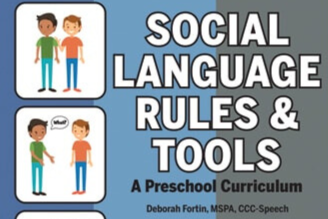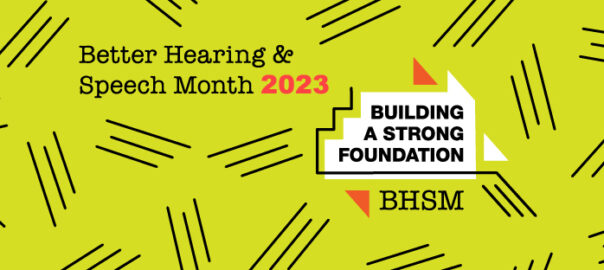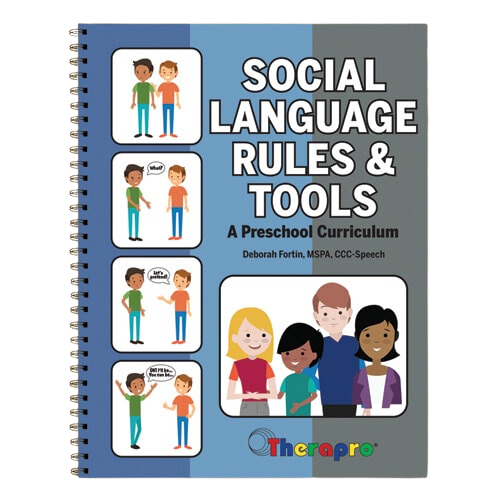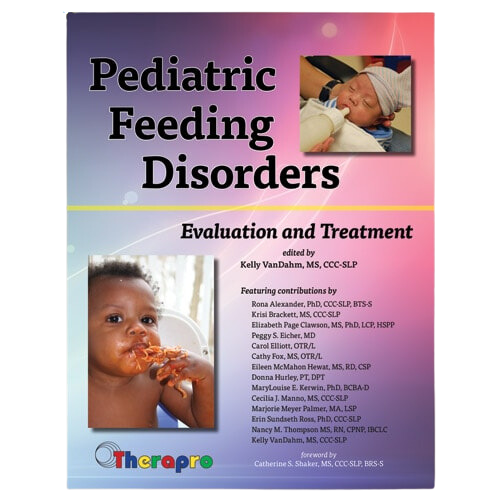Teachers and speech language pathologists (SLPs) can use highly interactive social language roleplay activities to improve the social-ability of their preschool students. During these fun lessons children learn strategies to help them to establish joint attention so that their communication attempts will succeed.
Why do so many Of preschooler’s attempts at communication fail?
Failed communication attempts are not uncommon for preschool-age children, especially those with social language challenges, such as autism. The missing key is joint attention.
- One child begins to talk about his painting, “I made a fish.”, but the other child turns away. There’s no joint attention, so communication fails.
- One child asks, ”Where is the truck?”, but the other child talks over them commenting on their bridge. There’s no joint attention, so communication fails.
- One child requests the red train, “I wanna have the red one?”, but the other child talks about his new shirt. There’s no joint attention, so communication fails.
- One child comments on their toy cat, “My cat is scratchy.”, but the other child just ignores them. There’s no joint attention, so communication fails.
Joint attention ensures that both the speaker and the listener are looking at, referring to and or thinking about the same topic. Adults take responsibility for creating joint attention with children by getting down on their level, by following their lead and by persevering in calling their attention to interesting objects or events. Therefore, communication with adults is often successful.
However, peers with social language challenges are less likely to be able to initiate and or respond to other’s attempts at joint attention resulting in many missed opportunities to successfully close the communication circle.
Age Expectations
It is interesting to note that most babies should be following the gaze of their parent by turning to look at whatever their parent is looking at by 6 months of age. Babies begin pointing by 8-9 months. Babies use gestures, eye gaze and vocalizations to get caregiver’s attention by 12 months (for more, see Developmental Milestones on page 196 of Social Language Rules and Tools).
What is happening?
In order for a communication attempt to succeed, the speaker and the listener have to create joint attention toward each other, toward an object or toward an idea. Joint attention is the key to success in completing the communication loop. Many preschoolers, especially those on the spectrum, are still developing this skill. That’s why communication attempts with adults, who take responsibility for creating joint attention are much more likely to succeed than preschooler’s communication attempts with peers. The speaker needs to be aware of their listener’s needs.
- “If I don’t get their attention then they won’t know I’m talking to them.”
- “If I don’t get close enough to them they might not hear me.”
- “If I don’t say it in an interesting way they might not notice me.”
The listener needs to be responsive to the speaker.
- “If I don’t look up or say a word then they won’t know I heard them.”
- “If I didn’t understand what the speaker said then I need to ask.“
There’s a lot that can go wrong!
What to do?
Many children with special needs, such as autism, benefit from specific and direct social language instruction. The Social Language Rules and Tools Curriculum provides this type of instruction. Key features of the Rules and Tools Curriculum include:
- It is focused on specific chanted rules.
- It is prompted with non-verbal devices, such as, gestures, pictures, objects, etc.
- It is presented in integrated group lessons.
- It is modeled by typical peers and supportive teachers.
- It is incorporated into increasingly novel play, conversation and learning activities.
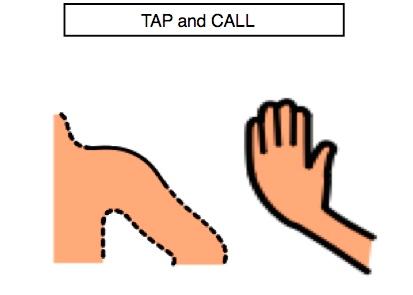
An example of an activity that provides needed direct social language instruction is Tap and Call, from the Rules and Tools Curriculum. Tap and Call is the first rule of the 68 rules and lessons in the Social Language Rules and Tools Curriculum and is taught to increase successful interactions by ensuring joint attention. If you teach preschoolers to Tap and Call then:
- The preschooler who is speaking will get close to the listener
- The preschooler who is speaking will look at the listener
- The preschooler who is speaking will gain the listener’s attention
With this the preschooler who is listening is much more likely to respond with eye contact or a verbal response; they will establish joint attention and the communication circle will be complete!
How to teach this?
Roleplay! Through roleplay, parents, teachers and speech language pathologists can engage preschool children in interactive lessons to teach these skills.
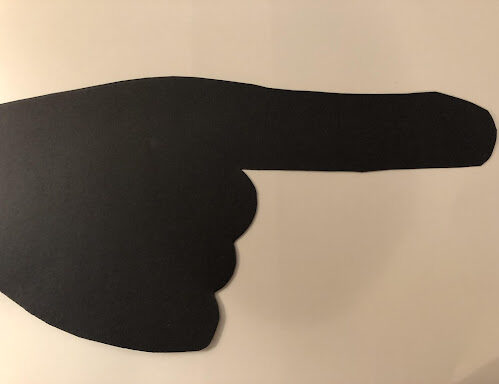
For example, using a large pointer finger prop (which is easily and inexpensively cut out of foam board) creates drama as adults model Tapping and Calling their listeners before they talk. Best of all, this can become an interactive game for the preschool audience watching the role play. Encourage your preschoolers to call out “FREEZE, YOU NEED TO TAP AND CALL!” when the adult role players ‘forget’ to Tap and Call before talking.
Enhance the learning experience with a multisensory element like singing. In the example above preschoolers can say and clap out a chant: “They might not notice me at all, if I forget to ‘Tap and Call’!”
Using songs when teaching social language rules can tap into different learning styles. Songs have been shown to improve attention and memory. Tap and Call has a song to the tune of “TAPS” (see Social Language Rules and Tools Curriculum for the words to the Tap and Call song).
Adults and peers can use the large pointer finger prop/token along with the chant and song to playfully generalize the Tap and Call rule to the classroom during snack, games, crafts, and free play activities. These props, chants and songs can be sent out of the classroom to many different settings within the school and to the child’s home to ensure generalization of new rules to different environments and to different people.
How to find out more information?
Refer to Rule 1.1 of Social Language Rules and Tools Curriculum for details about these interactive roleplay lessons and the multimodality teaching methods.
Some children are missing positive communication experiences over and over in every possible interaction with peers, teachers, siblings and parents. What a lot of missed opportunity and missed reinforcement from those possible interactions! Unlike ABA and Playfulness therapies where adults do all the work, Social Language Rules and Tools Curriculum teaches communicatively challenged children to recognize and implement subtle, key rules or behaviors that their more successful peers use intuitively all day long.
The rule sets are listed in developmental order based on literature review (included in the program on pages 195-229).
Stay tuned for the next Talk and Play blog for Lesson 1.2 Answer, ‘What?’
Guest Author: Deborah Fortin, author of Social Language Rules & Tools: A Preschool Curriculum

